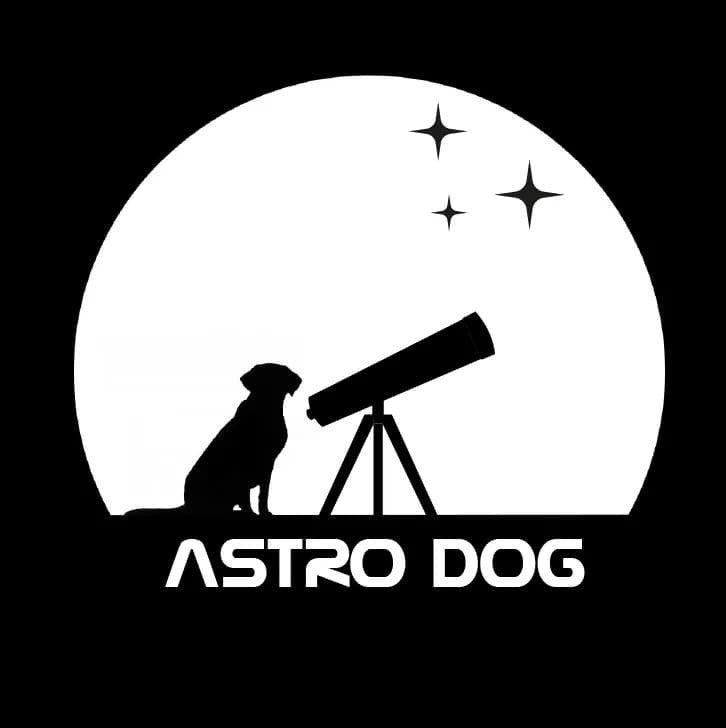THE PLANETARY PARADE / PLANETARY ALIGNMENT THROUGHOUT JANUARY-FEBRUARY 2025
For stargazing enthusiasts and admirers of the night sky, the early evening skies of January and February 2025 present the chance to observe a captivating celestial spectacle.
Some of you may have recently heard about a “Planetary Parade” or “Planetary Alignment” taking place throughout January and February, and over the last few days we have had lots of questions asking about this. These informal terms bring to mind a procession of planets marching together in a straight line. These expressions however, more specifically refer to the possibility of being able to observe multiple planets in the evening sky, all at the same time.
A CHANCE TO VIEW ALL THE PLANETS OF OUR SOLAR SYSTEM AT THE SAME TIME
Throughout January and February 2025 stargazers will have the chance to view 6 out of 7 of our planetary neighbours in the evening skies. Not only this, the early evenings of late February also offer an opportunity to view all 7 planets at the same time!
WHAT PLANETS CAN I SEE?
The four bright planets Venus, Saturn, Jupiter and Mars are all currently very easy to see by the naked eye in our post sunset skies. Uranus and Neptune are also currently visible but can be only be viewed with the aid of binoculars or a telescope. Mercury is not currently visible but will join the line-up of planets in late February.
WHEN WILL BE BEST TO SEE THE ALL THE PLANETS AT THE SAME TIME?
The best time to see the 6 planets Venus, Mars, Jupiter, Saturn, Uranus and Neptune will be throughout the rest of January. Saturn will however become harder to spot as we move further into February. If you want to try and see all 7 planets (including Mercury) at the same time, the best time to see all 7 planets will be late February.
WHERE AND WHEN TO SEE EACH PLANET
- Venus – look towards the South-West following sunset throughout January and February and you will be able to observe the super bright planet Venus. Venus is extremely easy to spot at the moment as it recently reached its furthest apparent distance from the Sun in our skies (greatest elongation) and is currently shining at a remarkable magnitude of -4.59. Although over the rest of January and February Venus will appear to travel closer and closer to the Sun, it will continue to shine even brighter until on the 16th of February it will be blazing at an eye-popping magnitude of -4.87!
- Saturn – look towards the South-West following sunset throughout January and February to find the amazing ringed planet Saturn very close by to Venus. Although Saturn will appear nowhere near as bright as Venus, it can still be found quite easily at this moment in time. However, as we head further into February, Saturn will become much harder to spot as it moves closer to the Sun. Once Mercury joins the “Planetary Parade/Alignment” in late February, Saturn will be a challenge to observe.
- Jupiter – Jupiter is a prominent feature of our night skies at the moment, shining at an impressive magnitude of -2.63. Jupiter will remain very easy to spot, remaining high in the night sky and well-placed for observation throughout January and February. You can spot the bright planet Jupiter in the constellation of Taurus the bull, very close by to the Pleiades star cluster (aka the Seven Sisters/Subaru).
- Mars – Mars reached opposition on the 16th of January and whilst it is still close to opposition, Mars will appear larger and brighter than at any other time of year. This means now is a great time to observe the red planet. Mars can be found in the constellation of Gemini the twins, close by to the two brightest stars of Gemini - Pollux and Castor. The red planet will remain easy to spot, well placed for observation high in the sky throughout January and February.
- Uranus – the ice giant Uranus can be found by binoculars and telescope users in the boundaries of the constellation of Aries the ram throughout January and February. Although within the boundaries of Aries, it may be easier to find Uranus by scanning the area of sky to the right and below the Seven Sisters, nearby to the star Botein. Uranus will appear as a small blue-green star when viewed through binoculars or telescope.
- Neptune – the most distant planet Neptune can be observed by telescope users within the constellation of Pisces the fishes. Scan the area of sky below and left of the right-hand fishes head and you may be able to spot Neptune as a faint blue star. On the night of the 1st of February you can use the bright planet Venus and the waxing crescent Moon to aid you in locating Neptune as they will be appearing fairly close by.
- Mercury – the speedy and elusive planet Mercury will join the “Planetary Parade/Alignment” in late February (starting from around February 20th) when it may be possible to be observed by the cautious binoculars user just above the Western horizon just after sunset.



